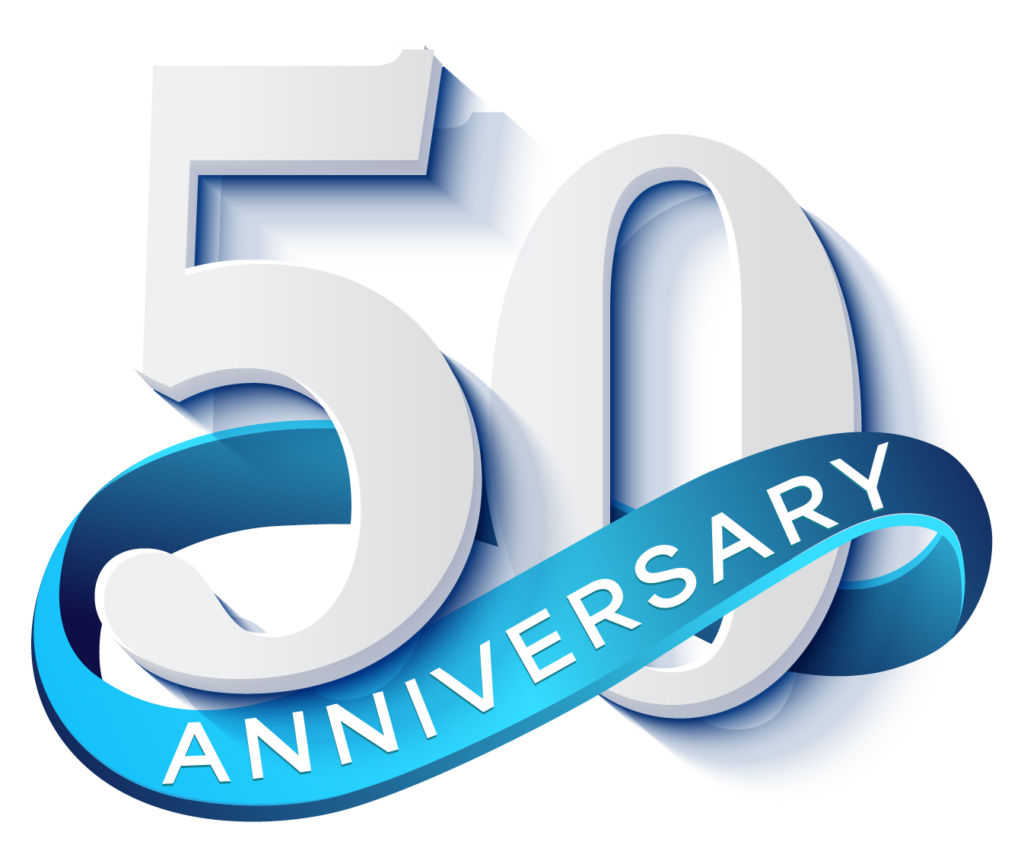Organizational or organization culture is more than just rules; it includes the physical space and the feelings that shape how employees view their workplace. Picture an office filled with laughter, teamwork, and creativity—that’s what a positive culture looks like. It can boost morale and motivate teams, creating a sense of belonging and purpose. On the flip side, a negative atmosphere can stifle creativity, lead to disengagement, and make employees feel isolated and undervalued. These feelings affect not just morale but also productivity and profitability. When organizations focus on an organization culture of openness, respect, and support, they set themselves up for success. In the following sections, we’ll look at how important the desired culture is for business success and how leaders can create a thriving work environment.

Foundations of Organizational Culture
The exploration of organizational culture began in the early 20th century, with notable figures like Max Weber introducing bureaucratic and management principles that set the stage for understanding workplace environments. These early theories focused more on structure and efficiency than on the softer aspects of culture. However, as businesses grew and diversified, academics began to see that the social and emotional components—how employees interact and feel about their workplace—are just as vital to success.
Today, scholars and practitioners recognize that modern organizational culture transformation is a complex interplay of shared behaviors, values, and rituals that directly impact organizational effectiveness. The emphasis is no longer solely on hierarchy and compliance but increasingly on engagement and collaboration. This shift towards valuing human-centric approaches has led to the rise of agile methodologies and inclusive tactics that foster innovation.
Core Components
At the heart of every organizational culture lie essential components that define its character. These include:
Values
Values are the foundational beliefs that an organization holds dear. They guide behavior and decision-making processes, influencing every aspect from hiring practices to customer interactions. For instance, companies like Google emphasize innovation and openness, which permeate their operational ethos.
Beliefs
Beliefs are the shared convictions held by members of an organization, often forming the basis of how they interpret experiences and situations. These beliefs can shape the mindsets and attitudes of employees, fostering a collective identity.
Norms
Norms represent the unwritten rules that govern behavior within an organization. They dictate what is considered acceptable or unacceptable, often shaping the day-to-day interactions and flow of communication among employees.
Symbols
Symbols include logos, office layouts, dress codes, and even language that represent the organization’s identity and values. For example, open office spaces can symbolize transparency and collaboration.
Language
Language is a powerful tool in shaping organizational culture. The jargon, acronyms, and style of communication used within the workplace can foster group cohesion and a sense of belonging, while also distinguishing members from outsiders.
Types of Organizational Culture
The culture within an organization can significantly shape the experience of every employee, turning everyday work into a fulfilling adventure or a challenging ordeal. By understanding the various types of organizational culture, leaders can craft environments that inspire and empower their teams.
Clan Culture
Clan culture feels like one big family, built on collaboration, trust, and a sense of belonging. This culture prioritizes teamwork, employee involvement, and a friendly atmosphere where open communication thrives.
The warmth and support in clan cultures boost morale and foster strong relationships, leading to high employee satisfaction. However, excessive focus on harmony can sometimes result in indecisiveness, as individuals may avoid conflict or hesitate to challenge ideas.
Companies like Southwest Airlines exemplify clan culture, emphasizing employee engagement and community, which significantly contributes to their success and positive reputations.
Adhocracy Culture
On the other hand, adhocracy culture thrives on innovation and creativity. This dynamic and entrepreneurial environment encourages risk-taking and experimentation, allowing employees to think outside the box.
The flexibility and forward-thinking nature of adhocracy cultures lead to rapid innovation and adaptation, which can be incredibly beneficial in fast-paced industries. However, the lack of structure may result in chaos if not managed effectively, making it difficult for people to stay aligned and productive.
Tech giants like Google and Apple are prime examples of adhocracy culture, where bold ideas and cutting-edge developments are nurtured and celebrated.
Market Culture
Market culture emphasizes results, performance, and competitiveness. Organizations with this culture are results-driven, focusing on achieving their targets and making strategic decisions to outperform rivals.
This strong focus on results can lead to significant achievements and high productivity levels. However, the competitive atmosphere can foster stress and pressure among employees, potentially leading to burnout if not managed properly.
Sales-driven companies such as Amazon and Microsoft embody market culture, using robust performance metrics to drive growth and success.
Hierarchy Culture
Hierarchy culture is characterized by structured procedures, clear lines of authority, and a focus on stability. This environment often relies on well-defined rules and processes, ensuring consistency and efficiency.
While hierarchy culture can promote clarity and order, leading to predictable outcomes, it may also stifle creativity and employee initiative, as individuals may feel constrained by rigid rules.
Traditional organizations, such as government agencies and corporations like General Motors, represent a hierarchy culture, with established routines and a clear chain of command.
Creating and Shaping Organizational Culture
Creating a vibrant and positive organizational culture is not just about policies and procedures; it’s about the people and their shared experiences. When leadership embraces and actively shapes an organization’s culture, it can uplift the entire organization, transforming workplaces into thriving ecosystems of creativity and collaboration.
Role of Leadership
Leadership is the heartbeat of an organization’s culture. Leaders set the tone and create an environment where values and visions come to life. Their commitment to cultivating a positive culture can inspire employees to bring their best selves to work every day, fostering engagement and loyalty.
Vision and Values
A strong vision and clearly defined values act as guiding stars for an organization. They provide direction and purpose, making employees feel connected to a larger mission. When people understand and resonate with the values of their organization, they become more motivated and passionate about their work.
Leadership Styles and Their Impact
Different leadership styles can significantly influence company culture. For instance, transformational leaders energize and inspire teams, encouraging innovation and teamwork, while transactional leaders may focus on performance and structure. The impact of these styles is profound; research reveals that organizations led by transformational leaders exhibit an increase in employee satisfaction.
Recruitment and Onboarding
Recruiting for cultural fit ensures that new employees align with the organization’s values and beliefs. This alignment creates a cohesive atmosphere where everyone feels at home, enhancing team collaboration and productivity. A strong cultural fit can lead to lower turnover rates and a more stable workforce.
Effective onboarding processes help new employees acclimate to the culture and understand their roles within the organization. A well-structured onboarding experience not only boosts immediate job performance but also fosters a sense of belonging, enabling newcomers to contribute fully from the start.
Training and Development
Organizations that champion continuous learning empower employees to grow both personally and professionally. This commitment to development instills a culture of curiosity and innovation, making employees feel valued and invested.
Cultural training programs are fundamental for promoting inclusivity and understanding within the workplace. By educating employees about each other’s backgrounds and perspectives, organizations can build bridges that strengthen teamwork and cooperation.
At Personalysis, we provide teams with the resources they need to recognize and leverage their unique strengths and differences, helping them achieve peak performance collectively. Managing a variety of personalities can be tough for any group, whether they are just starting, working in a hybrid or virtual setup, or have been together for a while. That’s why we offer in-depth personality insights designed to align everyone with shared objectives. With our evidence-based assessments and customized workshops, you can foster a welcoming and inclusive atmosphere that builds trust within the team and boosts overall productivity.
Book Your Free Consultation & Start Building a Thriving Organizational Culture Today!
Communication Strategies
Open and transparent inter-team communication cultivates trust and community. When employees feel informed and included in decision-making processes, they are more likely to be engaged and motivated, contributing their ideas and insights.
Implementing effective feedback mechanisms encourages employees to share their thoughts and experiences, fostering a corporate culture of continuous improvement. When feedback is valued, it helps organizations refine their approaches and nurture a more inclusive environment.
Reward and Recognition
Incentive programs that reward employees for aligning their efforts with the organization’s values can significantly enhance morale. Recognizing individuals’ contributions not only motivates them but also reinforces the behavior that supports the cultural fabric of the organization.
Celebrating successes, both big and small, brings individuals together and solidifies a sense of community. Whether through team acknowledgments or company-wide events, these celebrations remind everyone of their shared achievements, reinforcing a culture of gratitude and positivity.
Assessing and Measuring Organizational Culture
Understanding and nurturing organizational culture is a journey that requires both deep insights and measurable metrics. By assessing culture through various methods, organizations can create environments where employees thrive, feel valued, and contribute their best.
Qualitative Methods
Qualitative methods dive into the rich, personal experiences of employees. Through Interviews, leaders can hear directly from individuals about their feelings and perceptions surrounding workplace culture. These one-on-one conversations offer an intimate look into what drives engagement and motivation, allowing organizations to connect on a personal level.
Focus Groups further explore these insights by gathering small groups of employees to discuss their experiences and feelings collectively. These discussions foster community and camaraderie, revealing shared values and challenges that might not surface in individual interviews.
Quantitative Methods
On the other hand, quantitative methods provide the hard data necessary to support organizational decisions. Surveys are a key tool in this realm, capturing a broad spectrum of employee sentiments. They allow organizations to gauge employee satisfaction, identify areas for improvement, and measure the overall health of the workplace culture.
Additionally, organizations can leverage Metrics and KPIs (Key Performance Indicators) to assess the impact of cultural initiatives over time.
Challenges in Managing Organizational Culture
When the company’s core values and beliefs of the organization conflict with those of its employees, it stirs feelings of disconnection and dissatisfaction, potentially undermining morale and productivity.
Cultural Misalignment
Cultural misalignment occurs when the organization’s values are not reflected in day-to-day practices or employee behaviors. This disconnect can lead to frustration, disengagement, and increased turnover, as employees may feel that their cultural values are at odds with those of the company.
To effectively address misalignment, organizations must first recognize its existence. This typically involves soliciting honest employee feedback through surveys or interviews, where employees voice their opinions about the cultural dynamics at play. Acknowledging this misalignment is crucial, as it allows leaders to understand the emotional impact on their workforce and take necessary action.
Realignment strategies begin with open communication. Great leadership communication should foster dialogues where employees feel safe sharing their feelings about the current company’s culture. Establishing clear and shared values through workshops or team-building activities can help bridge gaps. Additionally, involving employees in the development of cultural initiatives nurtures a sense of ownership and commitment, ultimately reinforcing alignment.
Mergers and Acquisitions
Mergers and acquisitions present unique challenges as two distinct organizational cultures must blend into one. The emotional turmoil of uncertainty can heighten anxiety among employees, making it vital for leaders to articulate a strong vision for the integrated culture.
Cultural integration should be approached with sensitivity and inclusiveness. Leaders must aim to create a shared identity by acknowledging the strengths of both cultures and outlining common goals. This can involve facilitated sessions where employees from both organizations collaborate to shape the new culture, fostering camaraderie and understanding.
Globalization
In our increasingly interconnected world, globalization introduces another layer of complexity to cultural management. Organizations must navigate various cultural norms and expectations, often leading to clashes in work styles and communication.
Effective cross-cultural management requires an understanding of diverse perspectives and practices. Training programs that promote cultural sensitivity can equip employees with the tools needed to collaborate effectively across borders.
Finally, organizations must be willing to adapt to local cultures when operating in different regions. Taking the time to understand local customs, values, and communication styles ensures that global teams feel respected and valued. By embracing these differences, organizations can foster a more inclusive and harmonious workplace, ultimately driving success on a global scale.
Create a Thriving Organization Culture With Personalysis: Final Thoughts
Creating a strong organizational culture is more than just a strategy; it’s about nurturing a community where every individual feels valued, motivated, and connected. By recognizing the unique contributions of each team member and fostering open communication, organizations can build an environment that not only enhances employee satisfaction but also drives success.
As you embark on this journey to cultivate a vibrant culture, remember that Personalysis is here to support you. Our scientific-based assessment can help you better understand your workforce and create a culture where everyone thrives—contact us today to discover how we can assist your organization in reaching its full potential.
Book Your Free Consultation & Start Building a Thriving Organizational Culture Today!



